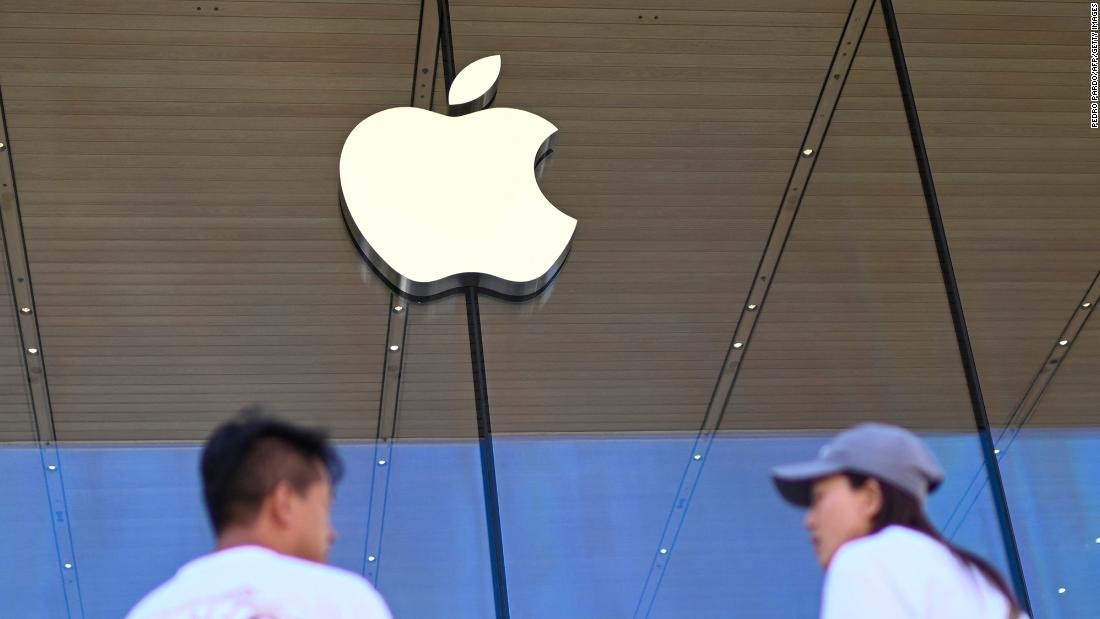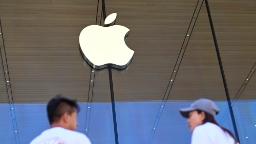

At long last, Apple is killing its proprietary Lightning port in the iPhone 15 and embracing a charging cable that’s compatible with non-Apple products. That’s one fewer cord cluttering your nightstand. One fewer thing to forget when packing for a weekend getaway.
But the move, hastened by a European regulatory mandate passed last year, is a largely symbolic measure that comes years after most other gadgets switched to USB-C. And it won’t do much to shrink the mountains of e-waste piling up around the globe.
When the European Commission passed the directive last year, it cited two motivations: First, everyone agrees that it’s super annoying to have so many cables lying around. Second, having a common charger across devices — whether they’re made by Apple or Samsung or Garmin or whoever — would “significantly reduce electronic waste.”
Big-picture, though, the impact on the mountains of global e-waste will likely be minimal.
There are about 66 million tons of electronic waste generated each year, says Ruediger Kuehr, head of the United Nations’ University’s Sustainable Cycles Program. Charging cables, he said account for “a few hundred thousand tons.”
“When we look to the pure numbers, it’s close to nothing,” Kuehr said. “But we nevertheless think it’s a very important step in order to make people … aware of the issue we are facing.” Read more.
